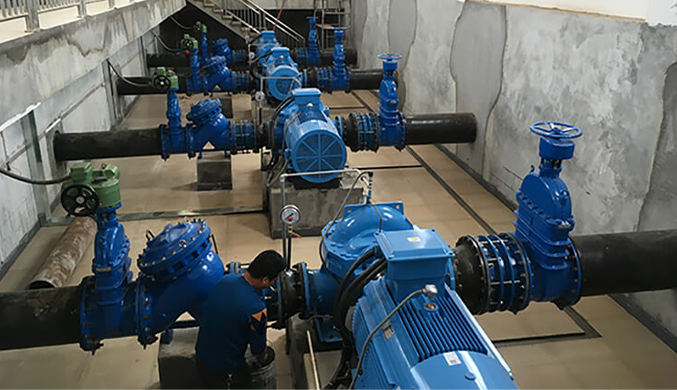Catalan
- Afrikaans
- Albanian
- Amharic
- Arabic
- Armenian
- Azerbaijani
- Basque
- Belarusian
- Bengali
- Bosnian
- Bulgarian
- Catalan
- Cebuano
- Corsican
- Croatian
- Czech
- Danish
- Dutch
- English
- Esperanto
- Estonian
- Finnish
- French
- Frisian
- Galician
- Georgian
- German
- Greek
- Gujarati
- Haitian Creole
- hausa
- hawaiian
- Hebrew
- Hindi
- Miao
- Hungarian
- Icelandic
- igbo
- Indonesian
- irish
- Italian
- Japanese
- Javanese
- Kannada
- kazakh
- Khmer
- Rwandese
- Korean
- Kurdish
- Kyrgyz
- Lao
- Latin
- Latvian
- Lithuanian
- Luxembourgish
- Macedonian
- Malgashi
- Malay
- Malayalam
- Maltese
- Maori
- Marathi
- Mongolian
- Myanmar
- Nepali
- Norwegian
- Norwegian
- Occitan
- Pashto
- Persian
- Polish
- Portuguese
- Punjabi
- Romanian
- Russian
- Samoan
- Scottish Gaelic
- Serbian
- Sesotho
- Shona
- Sindhi
- Sinhala
- Slovak
- Slovenian
- Somali
- Spanish
- Sundanese
- Swahili
- Swedish
- Tagalog
- Tajik
- Tamil
- Tatar
- Telugu
- Thai
- Turkish
- Turkmen
- Ukrainian
- Urdu
- Uighur
- Uzbek
- Vietnamese
- Welsh
- Bantu
- Yiddish
- Yoruba
- Zulu
Telephone: +86 13120555503
Email: frank@cypump.com
nov. . 28, 2024 01:02 Back to list
Guidelines for Choosing the Right Slurry Pump for Your Application
Slurry Pump Selection Key Considerations and Guidelines
Selecting the right slurry pump is a critical decision for industries that handle viscous and abrasive materials, such as mining, construction, and wastewater management. Slurry pumps are designed to efficiently transfer mixtures of solids and liquids, often in challenging conditions. The choice of an appropriate pump can significantly impact operational efficiency, equipment longevity, and overall project costs. This article outlines key considerations and guidelines for effective slurry pump selection.
Understanding Slurry Properties
The first step in selecting a slurry pump is to thoroughly understand the properties of the slurry being handled. Factors such as the size, shape, and concentration of the solid particles, as well as the viscosity and temperature of the liquid, play a vital role in determining the appropriate pump type. For instance, a slurry with large or irregularly shaped particles may require a pump with a wider inlet and a more robust design to prevent clogging and wear.
Types of Slurry Pumps
There are several types of slurry pumps available on the market, including centrifugal pumps and positive displacement pumps
.- Centrifugal Pumps These are the most common type of pumps used for transporting slurry. They work by converting rotational kinetic energy to hydrodynamic energy. When selecting a centrifugal slurry pump, it's essential to consider the pump’s capacity, discharge pressure, and the specific speed of the pump, as these factors influence the pump's efficiency and performance.
- Positive Displacement Pumps These pumps achieve flow by trapping a fixed amount of slurry and forcing it into the discharge pipe. They are particularly suitable for high-viscosity slurries or applications requiring high pressure. When using positive displacement pumps, one must account for the pump's capacity at different stages of operation and ensure compatibility with the system's back pressure.
slurry pump selection

Pump Material Selection
The material of construction for a slurry pump is crucial since slurries can be highly abrasive and corrosive. Common materials include cast iron, stainless steel, and various alloys. Understanding the nature of the solids in the slurry will guide the selection of the appropriate material. For example, when handling highly abrasive materials, using pumps made with hardened metal or rubber linings can prolong the life of the pump and reduce maintenance costs.
Head and Flow Rate Requirements
Calculating the required flow rate and the total dynamic head (TDH) are essential steps in slurry pump selection. The flow rate will depend on the specific application, and it’s important to understand the flow characteristics during different operational conditions. The TDH must account for the vertical lift, friction loss in the pipes, and any additional pressure required to overcome system resistance. Using performance curves provided by manufacturers can help visualize how a pump will perform under various conditions.
System Compatibility
It is also critical to ensure that the slurry pump is compatible with the existing system. The piping layout, fittings, and overall design of the pump station must accommodate the selected pump type. Additionally, consider the energy efficiency of the pump and the expected operating costs. A pump that provides optimal efficiency can lead to significant savings on energy bills and operational downtime.
Conclusion
Selecting the right slurry pump is a complex but vital task that requires careful consideration of various factors, including slurry properties, pump types, material selection, head and flow rate requirements, and system compatibility. By following these guidelines and conducting thorough research, you can ensure that your slurry pump meets the demands of your specific application, leading to improved efficiency, reduced maintenance costs, and enhanced operational reliability. Always consult with pump experts or manufacturers when in doubt, as their experience can be invaluable in guiding the selection process.
-
ISG Series Vertical Pipeline Pump - Chi Yuan Pumps Co., LTD.|High Efficiency, Low Noise, Durable
NewsAug.02,2025
-
ISG Series Vertical Pipeline Pump - Chi Yuan Pumps | High Efficiency, Low Noise
NewsAug.02,2025
-
ISG Series Vertical Pipeline Pump- Chi Yuan Pumps Co., LTD.|High Efficiency&Compact Design
NewsAug.02,2025
-
Heavy-Duty Mining Sludge Pumps - Wear-Resistant Slurry Handling
NewsAug.02,2025
-
Horizontal Split Case Pump with GPT-4 Turbo | High Efficiency
NewsAug.01,2025
-
ISG Series Pipeline Pump - Chi Yuan Pumps | High Efficiency, Durable Design
NewsAug.01,2025










